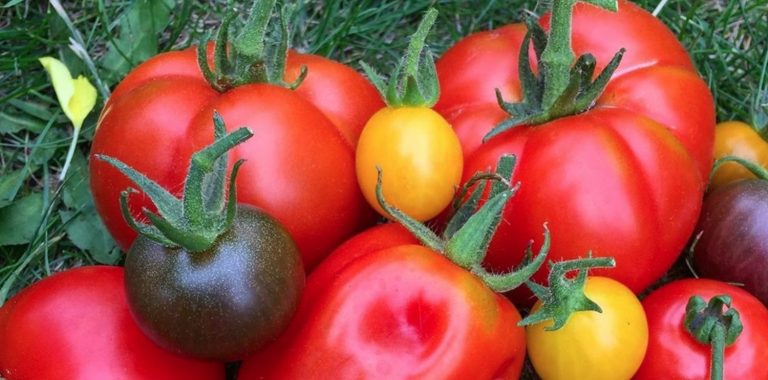Broccoli stalks often end up in organic waste – not only are they edible, they are also very tasty. You can use the stalk in various dishes. We give you some suggestions.
In most broccoli recipes, the small florets play the main role – the broccoli stalk, on the other hand, is usually not intended for use. However, if you peel it and remove any woody parts, you can prepare it just like the florets, for example by boiling, steaming or frying it. Compared to the florets, the broccoli stalk has a particularly fine and mild aroma.
You can therefore add the stalk to many dishes that contain broccoli, simply peeled and cut into small pieces – for example Asian vegetable pans, pasta dishes or vegetable casseroles. If you are preparing a broccoli soup, you can cook and puree the stalk as well.
By the way: It doesn’t matter which recipe you use the broccoli stem for – it’s best to buy your vegetables in organic quality. So you can be sure that it comes from organic farming and contains no chemical-synthetic pesticides. In order to avoid long and CO2-intensive transport routes, it is also worth buying vegetables that are regional and seasonal whenever possible. You can get fresh broccoli from German cultivation, for example, from June to November. You can read about the seasons of many other types of fruit and vegetables in our seasonal calendar.
Broccoli mashed potatoes with broccoli stalk

Ingredients:
150 g potatoes
1 clove(s) garlic
250 g broccoli stalk
100 ml vegetable cream (e.g. oat cream)
1 tablespoon vegan margarine
salt and pepper
Directions:
Wash the potatoes, peel them and cut them into small cubes. Peel the garlic clove.
Wash and peel the broccoli stalk, removing any woody parts. Then cut it into pieces.
Bring the diced potatoes to a boil in the vegetable cream. Add the chopped broccoli stalk and the whole clove of garlic and let all the ingredients cook together for 20 minutes.
Finally add the margarine and let it melt. Mash everything until you get a homogeneous consistency and season with salt and pepper. Alternatively, you can also use a hand blender, but then the consistency will be a bit more liquid. Tip: The broccoli stalk puree tastes good with patties, oven-roasted vegetables or fried tofu, for example.
Crunchy vegetable salad with broccoli stalk
Ingredients:
1broccoli stalk
1carrot
1 small kohlrabi
1 small onion
1half apple
1 handful of peanuts
1 tbsp oil (e.g. sunflower oil)
2 tbsp white wine vinegar
1 pinch(s) of salt
1 pinch(s) of pepper
1 pinch(s) of sugar
Directions:

wash the vegetables Peel the broccoli stem and remove any woody parts.
Peel the carrot, kohlrabi and onion.
Core the apple half.
Finely dice the onion and apple. Chop the peanuts.
Roughly grate the broccoli stalk, carrot and kohlrabi.
Heat the oil in a pan. Add the shredded broccoli stalk, carrot, and kohlrabi and sauté over medium-high heat for 2 to 3 minutes. They shouldn’t turn brown.
Then add the diced onions and the chopped peanuts and fry them briefly until the onions start to become translucent.
Then remove the vegetables from the pan and let them cool.
Add the vinegar and season with salt, pepper and sugar. Then let the salad soak for at least half an hour.




